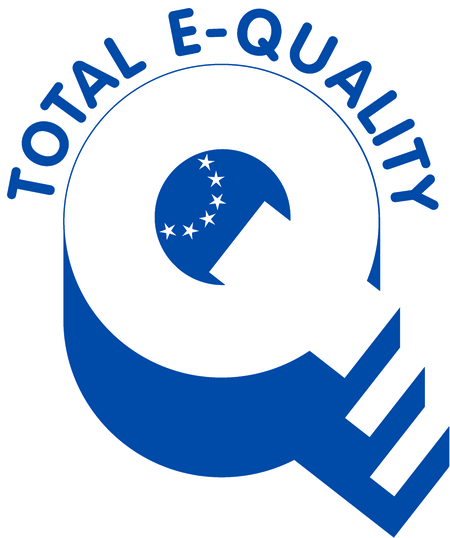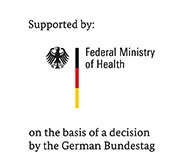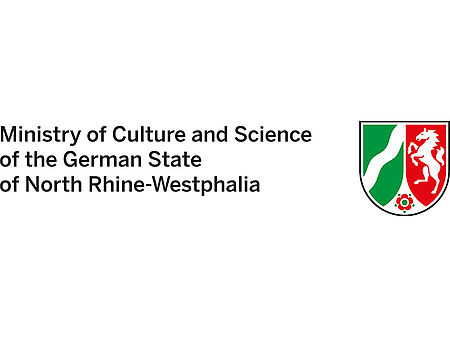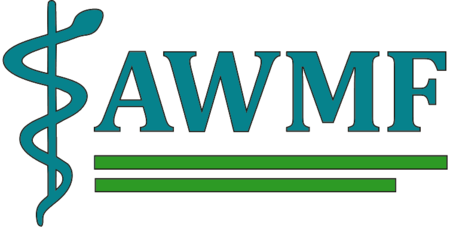Journal quality and standing: which aspects are relevant to open access?
Many people are still concerned that open access journals are inferior to non-open access journals. This concern is, however, unfounded. The open access journals run by all major publishers have a peer review process in place.
How to determine the quality of a journal
Various criteria can be used to determine the quality of a journal. The most important criteria is undoubtedly whether a journal employs a peer review process. The reputation and prestige of the scientists and researchers that make up the Editorial Committee is another useful point of reference for determining the quality of a journal.
The journal content also plays a key role in any quality assessment. Browsing the list of authors can provide some useful indications in regard to content, because it is useful to know whether other (prestigious) researchers and members of institutions in the same field have published their work in the journal before.
Visibility and impact of articles and journals published as open access
The visibility of a journal and the impact of a scholarly article are usually determined by the citation frequency. The greater visibility of open access journals means that they may offer a citation advantage. Recent studies have shown that open access articles have a 22 percent higher citation rate after controlling for discipline than those that are not openly accessible. The studies compared the frequency with which an article is cited with the average citation frequency of all articles in the same discipline. Overall, open access articles are therefore more visible and more frequently cited. It is generally true that open access journals are often still relatively young journals which require time to build up their reputation. It has also been observed that the difference in citation rates between open access journals and non-open access journals is continuing to level out in life sciences disciplines such as medicine.
See also
Selecting a journal: how to find a suitable journal for publishing research results
Predatory or bogus journals in open access publishing
Disclaimer
Important note: The information and links provided here do not represent any form of binding legal advice. They are solely intended to provide an initial basis to help get you on the right track. ZB MED – Information Centre for Life Sciences has carefully checked the information included in the list of FAQs. However, we are unable to accept any liability whatsoever for any errors it may contain. Unless indicated otherwise, any statements concerning individual statutory norms or regulations refer to German law (FAQ updated 11/2017).
Contact

Dr. Jasmin Schmitz
Head of Publication Advisory Services
Phone: +49 (0)221 478-32795
Send mail
References
Kullman, L. (2014). The Effect of Open Access on Citation Rates of Self-archived Articles at Chalmers [Conference Paper]. IATUL, 2-5 June 2014 – 35th Annual Conference – Aalto University, Espoo, Finland.
Moritz, A. (2013). Bibliometrische Analyse von Open-Access-Zeitschriften. Bibliometrie – Forschung und Praxis, 2. (German only)






